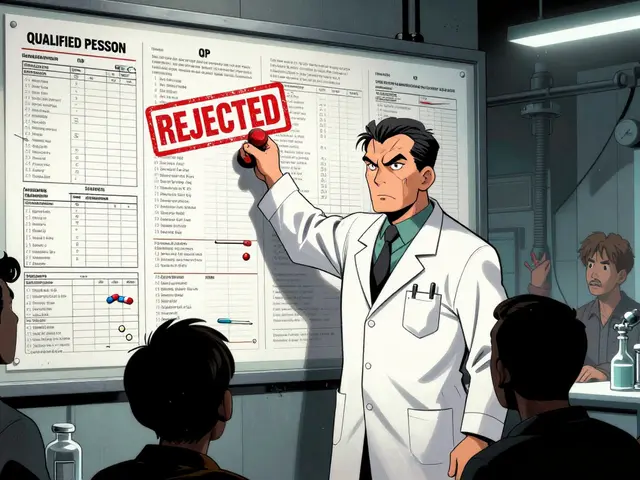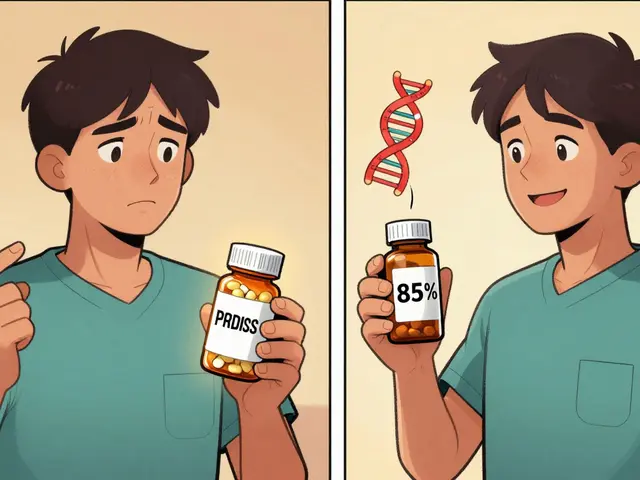DHT inhibitors: How they work and what you should know
DHT (dihydrotestosterone) is a hormone that can shrink hair follicles and fuel prostate growth. Blocking DHT often stops or slows male pattern hair loss and can shrink an enlarged prostate. This page explains common DHT blockers, how they work, expected timelines, side effects, and practical tips for choosing and using them.
How DHT inhibitors work
Prescription drugs such as finasteride and dutasteride block the enzyme 5-alpha reductase that converts testosterone into DHT. Lowering DHT reduces follicle miniaturization in androgenic alopecia and reduces prostate size in benign prostatic hyperplasia. Finasteride mostly targets type two enzymes while dutasteride blocks both type one and type two and usually lowers DHT more. After starting treatment you should expect slow changes. Hair regrowth or stabilization often appears after three to six months and becomes clearer at around twelve months. Prostate symptoms commonly improve within weeks but full benefit may take months.
Choices, side effects, and practical tips
Finasteride one milligram is the common choice for hair loss. Dutasteride is used mainly for prostate issues and sometimes off label for hair. Both drugs can cause sexual side effects for a small percentage of users. These include lower libido, erectile dysfunction, and reduced ejaculate volume. Most side effects resolve after stopping treatment, but some people report persistent effects so discuss risks and monitoring with your clinician.
Many people try natural options like saw palmetto, pumpkin seed oil, and green tea extracts. Small studies suggest modest benefit for some users but results are inconsistent. Supplements are not regulated like prescription drugs, so choose reputable brands and tell your doctor if you use them. Topical finasteride and topical antiandrogens aim to lower systemic exposure while targeting the scalp, but evidence and availability vary by region.
There are important testing and safety notes. DHT inhibitors can lower PSA readings by an estimated fifty percent over months. Always tell your clinician if you take these drugs before a PSA test so results are interpreted correctly. Finasteride tablets should not be handled by pregnant women because they can harm a male fetus if handled as crushed tablets by pregnant women. Discuss liver issues, other medications, and family planning with your provider.
How to decide
Define your goal first: stop hair loss, regrow hair, or treat prostate symptoms. For clear, well studied hair benefit finasteride is usually first line. For large prostate symptoms dutasteride or combination therapy may be better. If you worry about side effects consider a trial under medical supervision, alternate dosing, topical options, or non drug approaches like low level laser therapy.
Keep simple records. Take photos every three months and track symptoms and side effects. Report persistent sexual or mood changes quickly. Regular follow up lets your clinician adjust treatment and keep you safe.
DHT blockers help many people but are not risk free. Talk openly with a healthcare professional to pick the safest option for your needs. Ask specific questions and get a plan that fits you today.

Top 9 Alternatives to Propecia for Hair Loss
Exploring alternatives to Propecia can offer hope for those looking to combat hair loss. This article evaluates nine options, from natural supplements like pumpkin seed oil to medications like Minoxidil. Each alternative is explained, along with its advantages and drawbacks, to help you make an informed decision in hair care.
View More




